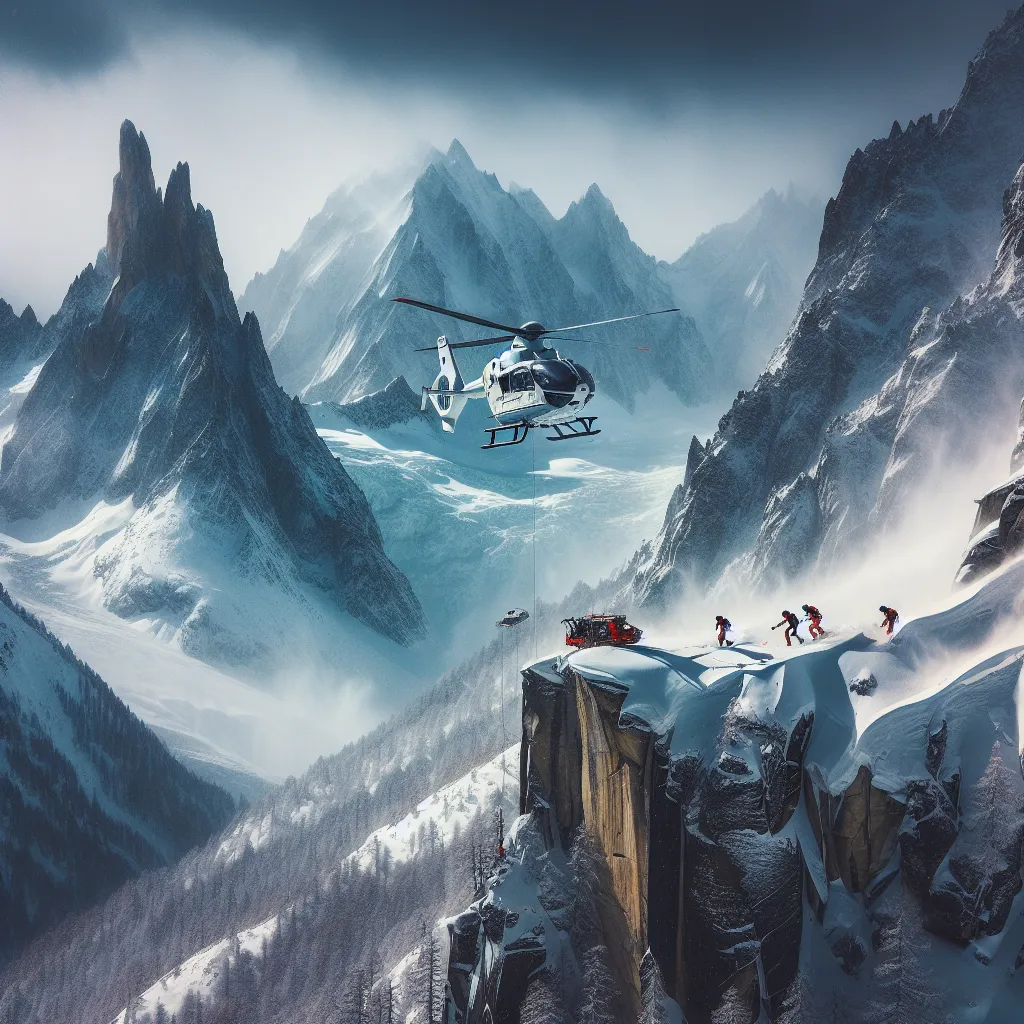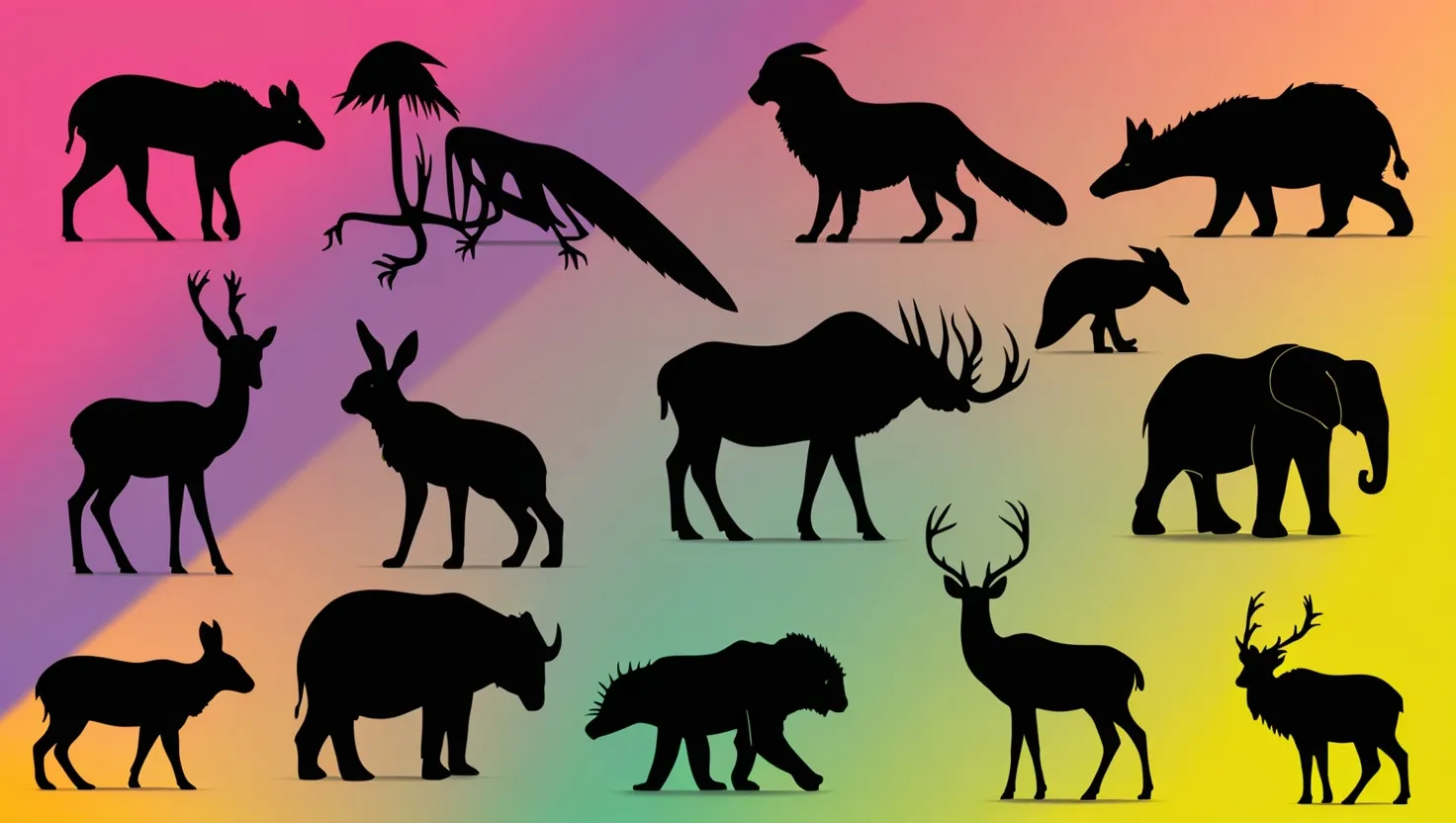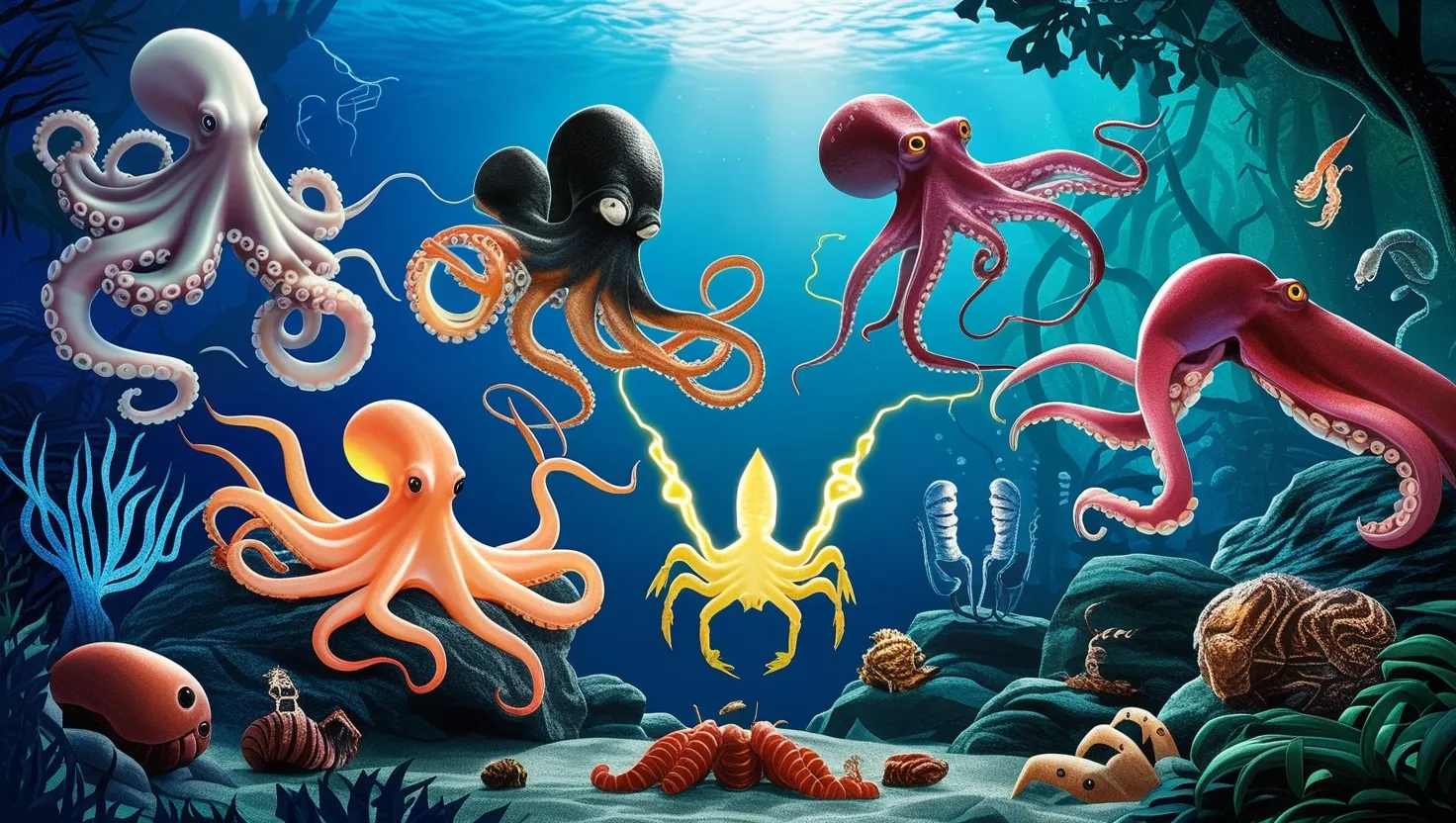I’m up high, way up in the French Alps, with the town of Chamonix nestled about a mile below. This region is known for some of the most extreme mountain sports in the world. Although it seems serene at the moment, the weather here can turn deadly in an instant. If you get caught in bad conditions, this place quickly becomes terrifying and unforgiving.
The local Mountain Rescue Team gets about 1,500 calls for help each year. Without them, many climbers wouldn’t survive. It’s early morning now, and the team is already responding to an emergency: two climbers near the summit of Mont Blanc collapsed due to altitude sickness. The only remedy is a swift descent, which means the rescue helicopter needs to act fast.
At an altitude of over 15,000 feet, the air gets thin, causing headaches that can escalate to dizziness, disorientation, and even death. In the case of these climbers, the helicopter fetched them quickly, bringing them down to the oxygen-rich area of the Chamonix Valley, where they started to recover.
Captain Blazer Gresy leads this elite team. He outlines the variety of situations they respond to—from hikers with broken legs to people lost in bad weather. Bad weather had lashed Mont Blanc for four days straight. When it finally cleared, a disoriented climber was found near the summit, shouting for help. He had survived four days near the top, but his friend was still missing, sparking a frantic search.
The climber, now being treated by Dr. Maroli at the local hospital, mentioned the duo left their backpacks to make a sprint for the summit. The team recovered the unopened packs but found no sign of the missing climber. They speculated he might be buried in the snow around the summit, with the clock ticking against his survival.
For urgent situations like this, the team employs a specially trained dog, Jimmy, to sniff out bodies buried by avalanches and snow. With the storm lifting, they rushed to the probable area. Despite several days of intensive search efforts, they couldn’t locate the missing climber. Eventually, worsening weather conditions forced them to call off the search, fearing the man was now a frozen corpse.
Back in the bustling Chamonix Valley, while holidaymakers revel in the beauty, the rescue team remains vigilant. They often rescue hikers from the vast Mer de Glace glacier. Once, a woman with a broken ankle was scooped up and swiftly transported to the hospital. Another climber had narrowly survived a harrowing fall into a crevasse, only escaping death by a hair’s breadth.
Weather in the Alps can be brutal. A sudden storm stranded several climbers high on Mont Blanc, leaving the team on edge. They waited for a break in the weather to launch a helicopter rescue. Local forecasts suggested a brief window in the afternoon, pushing the team into action despite knowing they might have to climb several thousand feet on foot in terrible conditions.
After hours of arduous climbing, the weather broke just enough for the helicopter to evacuate some of the stranded climbers. Yet, the team pressed on to reach the remaining individuals at the refuge hut. Despite the worsening conditions, they managed to airlift eight people, with the entire operation spanning most of the day and involving two helicopters and seven rescuers.
Each year, the French Mountain Rescue Team gets called out to handle 1,500 rescues, facing the unpredictable dangers that come with the stunning beauty of the French Alps. Join us next time for more tales of bravery and survival high up in these majestic mountains.






